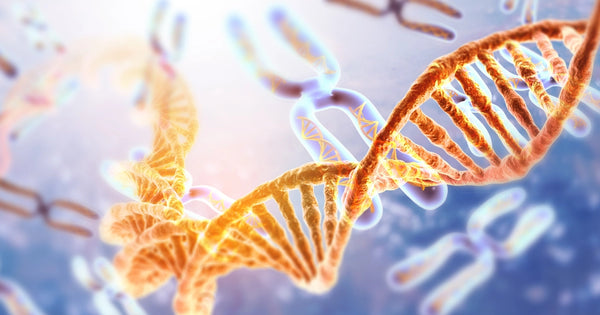How to Recover More DNA from Agarose Gels
What Is Gel Electrophoresis?
Gel electrophoresis is the tried and true method to analyze and isolate DNA fragments based on size. Following electrophoretic resolution, specific bands can be excised an agarose gel matrix and further processed to purify the DNA. For many workflows, gel electrophoresis is still the best way to separate specific sizes of DNA (especially for fragments larger than 1 kb). Many Next-Gen Sequencing (NGS) library preparations still require resolving the samples using agarose gels to separate out fragments before sequencing. However, recovering DNA from gel excisions can be challenging with many researchers struggling to recover more than 50% yield from the original input. With extra attention to a few critical points, DNA yield and quality can greatly improve.
Steps for Gel Electrophoresis:
Start With the Set
To recover the most DNA possible, considerations need to be made before the gel is even set. It is important to validate the specifications of the kit to determine if it is compatible with the gel. For example, the Zymoclean Gel DNA Recovery Kit is compatible with both TAE & TBE buffered agarose gels.
Additionally, we recommend choosing the combs that produce the smallest wells as possible for the volume of the DNA solution to be resolved. This will ultimately keep the size of the band in a more concentrated space and thus make gel excision slices smaller.
Work Quickly
It is important to mind the time that the gel is exposed to UV light. The longer that the sample is kept on the lamp, the greater the risk of the DNA becoming damaged in this process. Therefore, it is highly recommended to work quickly and efficiently when imaging the gel and excising the band.
Watch Your Percentages
Typically, the agarose gel percentage is determined by the DNA fragment sizes. Smaller fragments require a tighter matrix to separate the bands and obtain clear visualization. This tighter matrix requires a higher percentage of agarose to separate out small DNA fragments. Normally, agarose gels under 2% can be easily processed. However, if a gel is over 2% agarose, an additional volume of Agarose Dissolving Buffer is recommended to ensure the gel is completely dissolved prior to further processing.
Cut The Slice Close to the DNA Band
Optimizing your sample input is crucial for any protocol and recovering DNA from gel excisions is no different. In this case, it is extremely important to ensure that the slice is cut as close to the desired DNA band as possible. Doing this reduces the amount of agarose that needs to solubilize. We recommend weighing the excised gel slice to ensure that it does not exceed 400 mg. If it does exceed this amount, the reaction will need to be scaled up.
Ensure Gel Slice Has Dissolved
It is critical to make sure that the agarose is completely dissolved before binding onto a column. If there are any traces of partially undissolved agarose, it may leech salts into the matrix which will copurify with the DNA. These salts lead to an impure sample with a low 260/230 ratio. Moreover, undissolved agarose will retain DNA as well as clog and lower the efficiency of purification steps. To avoid this, make sure that the gel slice is completely dissolved before adding it to the column.
Watch the Temperature
The dissolving temperature is critical and performs best at 55 °C. However, this temperature should not rise above 60°C as it increases the chances of DNA degradation and sample loss.
Use Caution With the Column
To ensure the best possible recovery, it is important that the eluted DNA is pure and free of salts and other contaminants. To do this, be deliberate about the wash steps of the protocol. It is recommended to run the wash buffer along the edge of the column walls in order to flush out any of the salts that may be leftover from the Agarose Dissolving Buffer. When eluting, be sure to place the elution buffer directly onto the column matrix. This will help to prevent the eluate from collecting any salts that may have dried higher up on the column.
Size Matters
Large DNA fragments (>11 kb) are tricky to recover as they are more difficult to elute from the column matrix. Standard kits, including the Zymoclean Gel DNA Recovery Kit, can recover up to 10 kb of DNA. For fragments in the upper range of this (8-10 kb), we recommend incubating the elution buffer for up to five minutes at room temperature. Additionally, using a pre-warmed (60-70 °C) elution buffer can help to increase the elution efficiency.
For DNA fragments greater than 10 kb, we recommend using a kit validated on for high molecular weight DNA, such as the Zymoclean Large Fragment DNA Recovery Kit. This kit includes a column designed for easier elution of very large DNA.
Try the Zymoclean Gel DNA Recovery Kit:
Try a Free Sample

